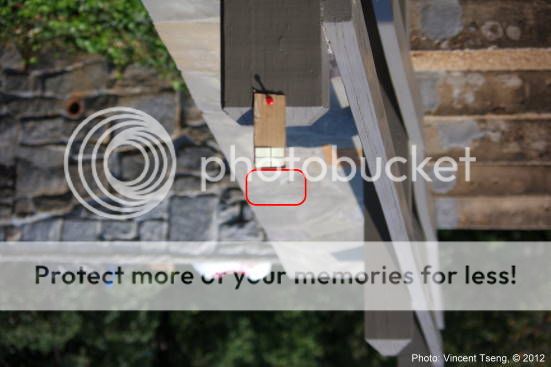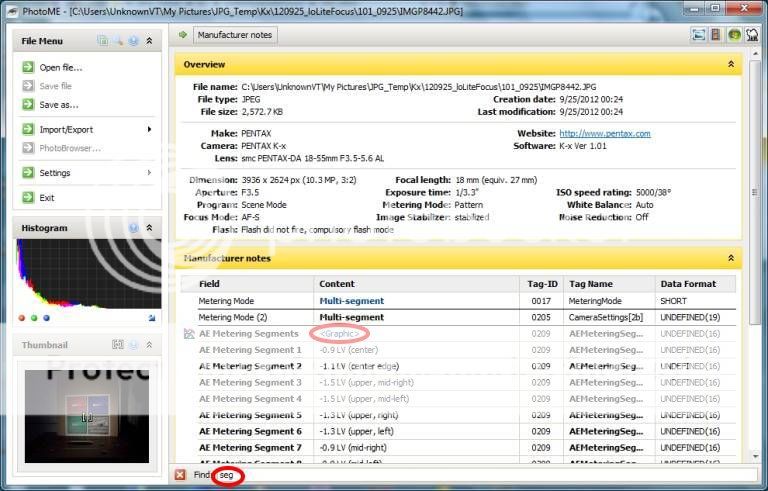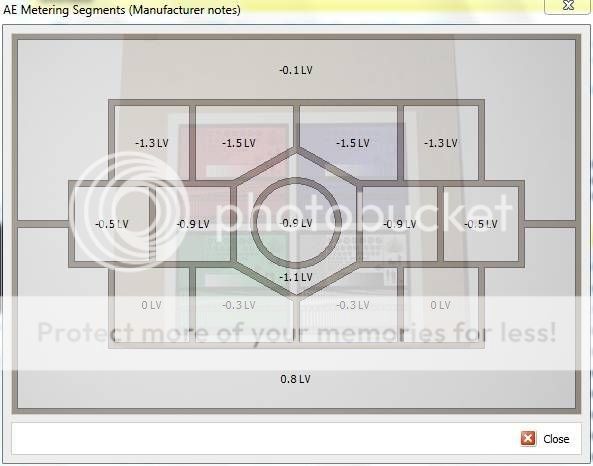dSLRs are supposed to be precision instruments -
and we are right to expect them to behave that way.
However it does mean we have to find out the limits and not make assumptions -
because it does behave in a precise repeatable way -
so if we are getting repetitious failures -
then we are doing something that is repetitious.
The Spot focus area - although is not a pin-point - it is not that big either.
There are ways to determine the size of the area in our own individual cameras -
and it is relatively simple to do.
That way we will know for certain how big that area is
and can use the precision instrument with more precision.
I did this less than an hour ago and it took a few trial and errors -
but the actual experiment took only a few minutes.

I outlined the spot focus area in red -
the size of the area was determined by the following photos:
Top edge

yes, laugh - since the target was mounted on something, the top edge could not be determined with the camera the right way up in the normal position - so I turned it upside down that's why the target was slightly off center......
Bottom edge:

Left edge:

Right edge:

This is for my copy of the K-x - of course your camera may be different - but I can't see the spot focus area being that different.
Now here's the catch - hence some of my trial and error - at first I thought it'd be a good idea to use something small and precise - like a pin head -
but it didn't work - the "target" was too small - the camera kept focusing on the background of leaves on trees.
So the spot focusing is not infallible - if there is a lot of other detail in the area - and the main object is very small the camera will focus on the other more prominent detail in the focus area. My Left edge picture is a good example - the camera chose to focus on the further wall despite the fact there was a closer target - but looking at the picture one can now see why, the further wall just has so much more detail - hence the "choice". Less obvious but even more telling is the Bottom edge picture - the main target is much more out of focus than either the Top edge or Right edge photos why? - well, I think it's because the camera has chosen to focus on that further wall again despite this time there is a lot more of the other stonework in the spot focus area - but looking at the photo more carefully it kind of makes some sense since the other stonework has very little detail to focus on - hence the choice that even I didn't expect - but the camera is doing its precision thing repeatably - the variable is my expectation and assumption.
I have used my K-x for nearly 3 years and over 59,000 shots and I do not often have out of focus shots - even with faster moving targets, and very, very low light. I think it helps understanding the limitations of our precision tools.


 Similar Threads
Similar Threads 































